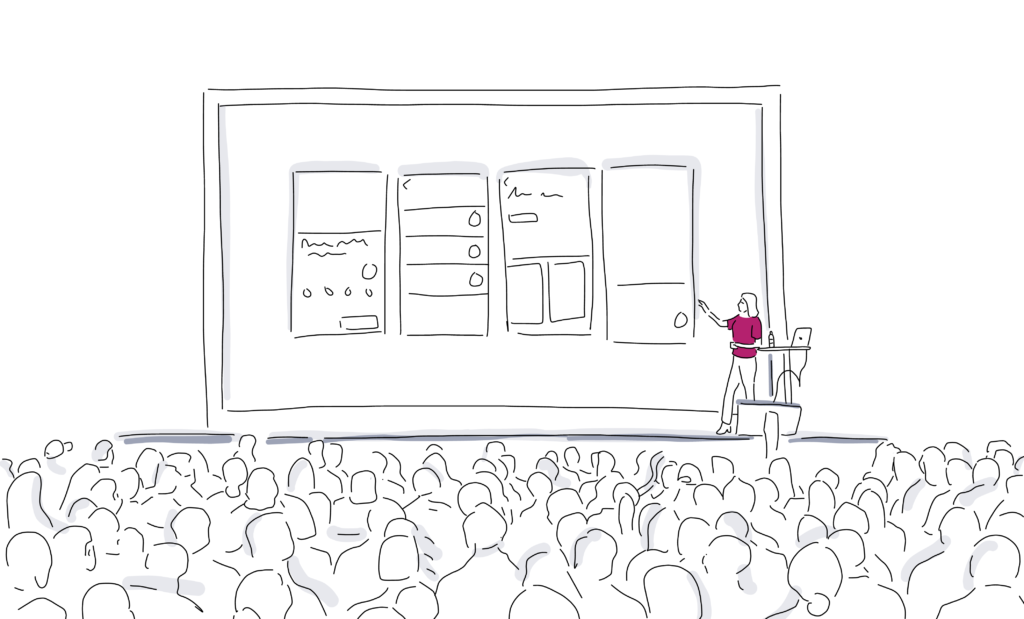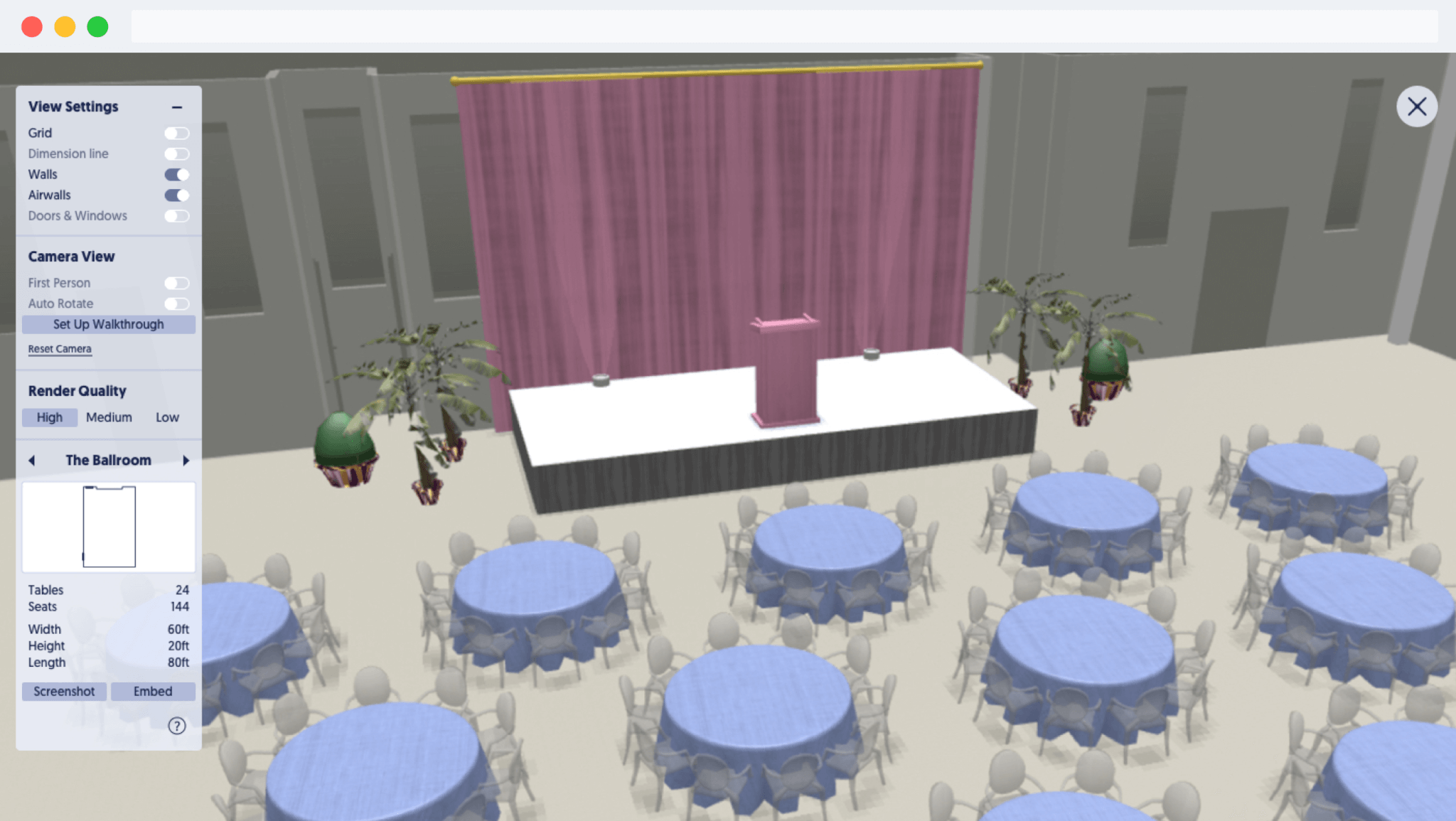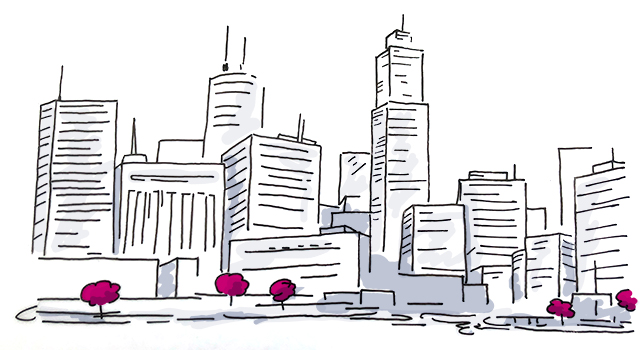
The 4 Tactics That Will Drive Event Sales & Group Business in 2020
It’s a tricky time for hotels looking to land event sales and group business.
- As many as 1 out of every 3 group rooms is being booked outside of the hotel. (Event Room Demand Study)
- The number of properties in the development pipeline increased 78% from 2012 to 2017¦ (Statista)
- …while the number of business meetings only increased 5.4% from 2009 to 2017. (Events Industry Council)
It’s all a puzzle that has properties starting to scratch their heads, despite the growing demand for events that has been a constant in the industry through recent years. It’s also a puzzle that means properties have to adapt if they want keep the lion’s share of group business ” especially in a new world of ever-growing, diversified supply.
The key for properties now more than ever is to show the value they can add for planners that other venues can’t. To make that shift, they need to understand and cater to the changing needs of planners, which are ultimately dictated by their attendees. Below we dive into those changing expectations and offerup the four things every property should be doing to keep ” and dare we say it, grow ” group business in 2018.
[Tweet “As many as 1 out of every 3 group rooms is being booked outside of the hotel.”]
First, properties have to understand the industry trends that are changing planners’ jobs.
Attendance is increasing – According to the Events Industry Council, business meetings may have only increased 5.4% since 2009, but the number of attendees increased more than four times that (22.7%). And with bigger meetings, come more logistics.
Meetings are shifting to experiences – Gone are the days of passive learning. As millennials become a growing portion of the event base, they’re demanding more opportunities for engagement and entertainment.
Personalization is a necessity – With elements of personalization in almost all areas of daily life, attendees are demanding the same from events. As a result, concepts like the unconference ” where agendas are dictated largely by the attendee ” are becoming more popular.
Networking is in demand – A survey by the IACC showed networking to be the second largest concern shifting the world of meetings and events. Again, driven by a growing millennial presence, attendees are looking for more informal experiences where they can engage with and learn from one other.
Attendees want to connect with cities – The same survey from the IACC showed that an emphasis on locality is now the fourth largest concern of event attendees. As a result, planners are looking for ways to create authentic city experiences.

So how can properties add value to drive event sales and group bookings?
Personalize, personalize, personalize.
It’s no longer about developing proposals for single-track events. Planners are offering more and more choices for attendees, and it needs to follow up the chain. Properties have to show they can accommodate the personalized experiences that now make or break the success of events. It all starts at the level of the proposal process.
Generating Leads
Properties need to flex their personalization muscles right upfront to planners while they’re conducting preliminary research for sourcing. Luckily, new interactive lead capture tools are empowering properties to produce more customized content, such as specific layouts paired with floor plans, to show off how their space can fit the needs of more diverse meetings. In addition, direct booking software is allowing hotels to connect directly with planners, showcasing the elements of their meeting spaces that are most appealing to target segments.
Personalizing the Proposal
Upon beginning the proposal process, asking planners about the personalized elements of their event should be the first step ” from engagement opportunities to unconventional seating. From there, it’s a matter of building those options into the proposal. Showcasing them visually is ultimately the cherry on top.
Sure, this makes the job more difficult for sales teams, but improvements in proposal technology are offsetting that complexity with convenience and innovation. Technologies like event diagramming software allow properties to visually represent any potential event in their space (even in 3D) down to the most minute of details. Properties are also able to make quick changes to communicate a variety of amenities, packages, and layouts in a fraction of the time.

Encourage and streamline collaboration.
The more people that get involved in the planning process, the more keeping everyone on the same page grows exponentially in difficulty. Room-set layout and design arguably requires the most back-and-forth. Every change and update means passing a document through another round of approvals. It’s as laborious for planners as it is for properties, so anything that helps cut down on the friction of back-and-forth communication is a major difference maker. It’s a true value add for planners, not just a tangential perk.
Collaboration tools now go so far as allowing properties to invite planners and vendors to watch as they make changes in real-time. Planners are able to comment, make notes directly on diagrams, and easily access every file that’s shared. These aren’t just value adds that improve the process ” the mere availability of the tools can be a powerful piece of a property’s initial pitch.
Embrace your city.
Attendees aren’t content sitting inside of a ballroom all day, and that’s a growing sentiment that hotels quickly need to come to terms with. And it’s not just because attendees want nontraditional venues ” it’s also a product of their desire for authentic interactions with host cities. They want to experience the local restaurants and attractions that give a city its culture. So much so that some events, like the latest iteration of Forbes’ Under 30 Summit, have gone as far as spreading events across the city using multiple venues.

Greg Oates, executive editor of the travel- and hotel-industry site Skift, said it best at IMEX 2017: The focus is on inclusive innovation. The city is becoming the venue.
With that in mind, planners are seeking out popular hotspots and city-specific activities before beginning to choose a venue. But as a hotel, how can you still capture a meeting planner’s attention when they want to give their events a local feel? And how can you make your property feel like it’s a part of the city more so than a part of a chain?
Partnering With Local Suppliers
By reaching out to local businesses, properties can forge mutually beneficial partnerships that increase group sales while driving business for their local partners. The following two scenarios illustrate the need to do so, plus the type of difference that forging strategic partnerships can make:
- A planner books a restaurant event, and now has to choose between guest rooms at a local hotel or testing the waters with Airbnb.
- Your property proactively reaches out to local restaurants and pubs to set up a preferred pricing referral agreement. You satisfy clients that are looking for something different without risking any group business to Airbnb.
Obviously option B is better, and leading chains are already embracing the approach. It’s something Steve Enselein, VP of Catering and CS at Hyatt Hotels Corporation, stressed while on the same IMEX panel as Oates: Every time a group comes to our hotels [in different cities], we’re helping support those smaller communities¦ We want people to really experience the location and visit different venues that are unique to the city.
[Tweet “Locality is now the fourth largest concern of event attendees.”]
Use technology to create a competitive advantage.
While we’ve covered some of the ways new technologies are helping properties at the event sales level, that alone isn’t enough to adapt in a new world of personalized experiences. Properties need to harness technologies that improve both the event space and hotel stay in order to create the value planners are looking to impart to their guests. Top chains are leading the charge:
Marriott’s M Beta in Charlotte
Marriott is using its Charlotte Marriott City Center to test new concepts, rotating them in periodically and gauging guest feedback. Such concepts include a tech-forward kitchen in meetings areas where chefs can personalize meals for attendees, as well eliminating the traditional front desk check-in and establishing a fully local in-hotel marketplace.
Hyatt’s Guest Experience Management (GEM)
Fueled by a cutting-edge data management platform, Hyatt is creating a service culture of superior customer experiences focused on personalization. Through these seamless personalized experiences, the chain is enticing planners and guests to choose Hyatt, increasing customer lifetime value, improving efficiencies, and driving brand growth.
Hilton WowMakers
Hilton believes in the importance of what planners do for the industry, and they’re showing it by creating content that helps planners execute amazing events. The Wowmakers campaign collects stories from planners whose work is bringing meaningful experiences to life for their clients, allowing them to share their insights with fellow planners looking to do the same.
But don’t worry, opportunity still outweighs concern.
Even with the dynamic changes affecting group business in the year ahead, properties that are willing to proactively adapt are poised to cash in. And industry leaders like Enselein don’t expect the influx of RFPs to slow down anytime soon. Occupancy is at the highest point it’s ever been. Group demand is so strong right now. If [planners] have a meeting in 2018, I’d start looking for venue space now.

For a deeper dive into growing event sales and group business, download our Group Sales Playbook and enjoy 48 pages of actionable insights for your property. And don’t forget to check out our Event Sales Software!

